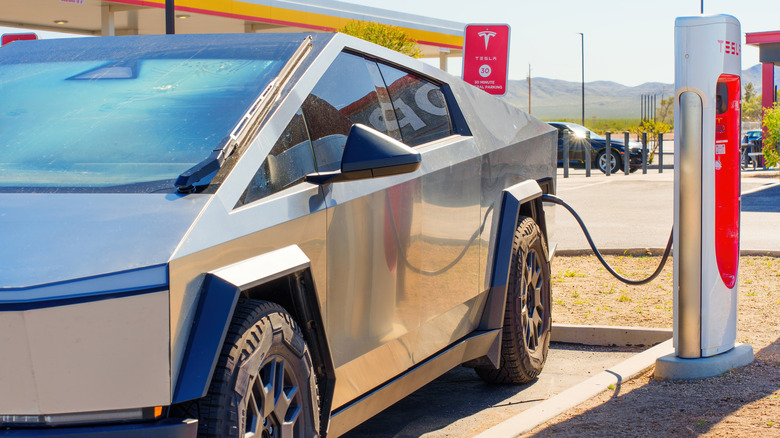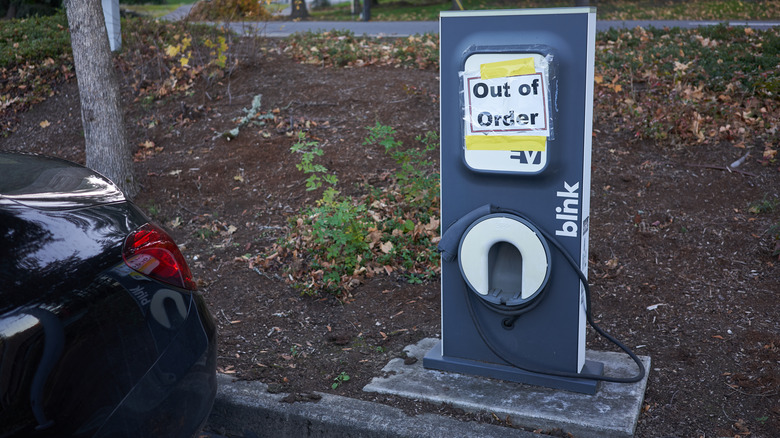A Man Left His Cybertruck Plugged In For A Month - Is That Safe?
A recent post on TikTok by a Tesla owner and electric vehicle enthusiast caused a bit of controversy when he left his Cybertruck charging for over a month as he went on vacation. Many EV owners believe that leaving their electric vehicle plugged in can potentially harm the battery and other vehicle components. The truth is a bit different, though. Tesla even recommends that owners keep their vehicles plugged in while away for extended periods of time.
@jeremyjudkins2 A cool thing about Teslas you can leave them sitting for along time.
According to Tesla, "The most important way to preserve the high voltage Battery is to LEAVE YOUR VEHICLE PLUGGED IN when you are not using it. This is particularly important if you are not planning to drive your [Tesla] for several weeks." Tesla recommends this because even when your vehicle is left idle, the computer systems in the vehicle will periodically use the battery's energy for system tests and to recharge the low-voltage battery.
It's not just Tesla that makes this recommendation; other manufacturers that make electric vehicles also suggest that EV owners keep their vehicles plugged in. Vietnamese electric vehicle company Vinfast also recommends that owners of its EVs leave their vehicles plugged in while they're away for extended periods of time. Vinfast states that "most modern EVs have sophisticated battery management systems (BMS) that ensure that the battery is charged optimally and help avoid overcharging or undercharging."
What happens if you leave your EV unplugged for too long?
So keeping an EV plugged in for an extended period of time is recommended, but what happens if your vehicle remains unplugged? First of all, every electric vehicle will make sure the driver is aware of a low battery before it is completely depleted. Even if a driver isn't made aware that their battery has a low charge and is almost drained, the vehicle itself won't be damaged by a battery that's run out of juice.
The biggest inconvenience that occurs when an EV runs out of battery power and you're not near a public charger is just that your vehicle has no charge and is incapable of moving. At that point, you'll have to call a tow truck to bring you to the closest charger.
While draining the battery of your EV won't have any immediate adverse side effects, it's certainly not recommended. Some EV manufacturers suggest that owners maintain a battery charge between 20% and 80%. This is because when the battery has a charge above 80% or below 20%, the battery management system can get strained and damaged. Most electric vehicles feature apps that allow owners to control how much charge the vehicle receives.

